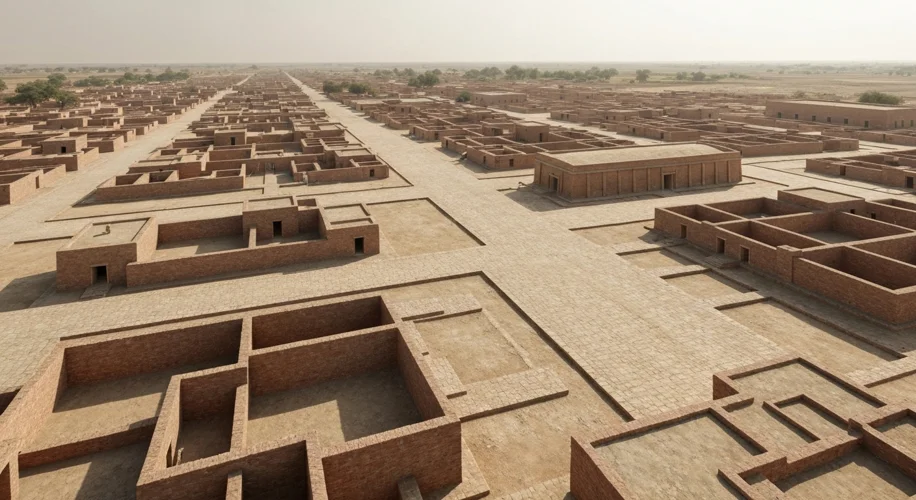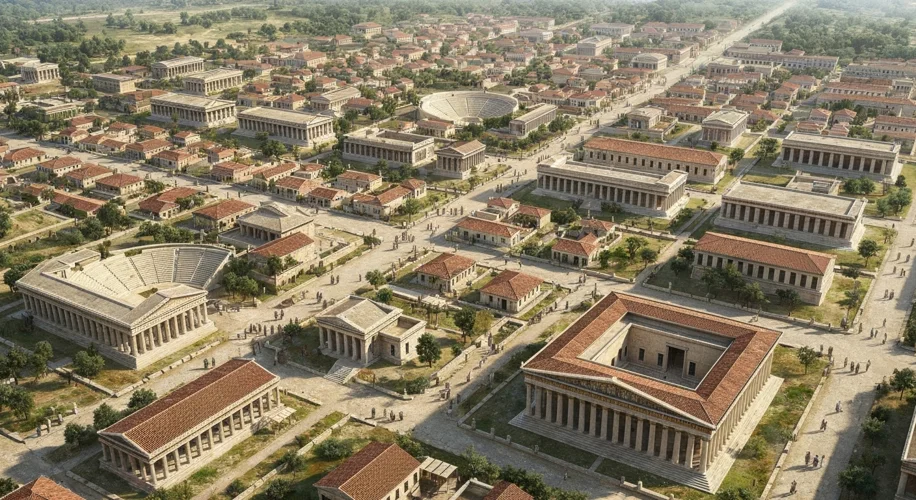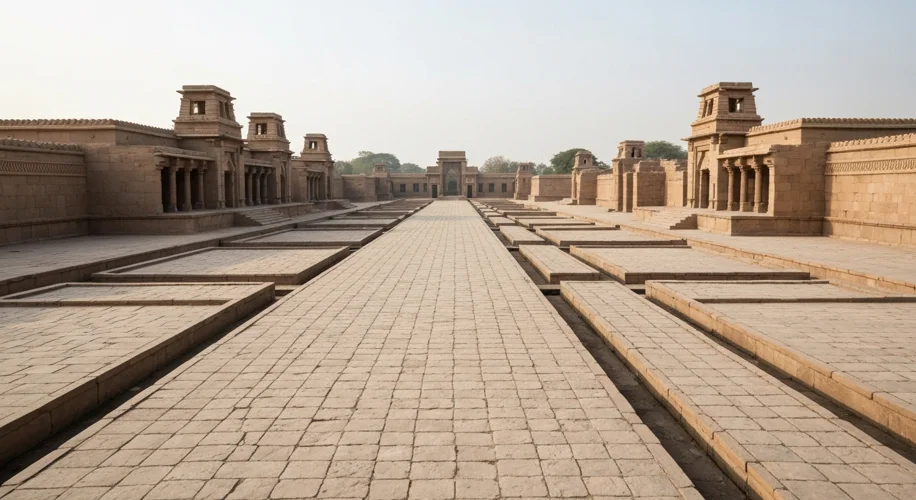Long before the sleek skyscrapers and grid-like streets of modern metropolises, humanity dreamt of order. The desire to build, to congregate, and to thrive in shared spaces is as old as civilization itself. Yet, the burgeoning complexity of early societies demanded more than just haphazard dwellings; it called for foresight, for planning. The story of urban planning is, in many ways, the story of humanity’s quest to create not just cities, but organized, functional, and enduring homes for our species.
Imagine stepping back in time, not to a chaotic scramble of huts, but to the meticulously laid-out streets of Mohenjo-Daro and Harappa, two of the crowning jewels of the Indus Valley Civilization, flourishing over 4,500 years ago. These were not mere collections of buildings; they were sophisticated urban centers that speak volumes about an ancient people’s dedication to organized living. Streets, often running at precise right angles, formed a remarkably regular grid. What’s more, an intricate system of covered sewers, laid beneath these streets, suggests an astonishingly advanced understanding of public sanitation, far surpassing that of many later civilizations.

In a world where such achievements seem almost anachronistic, the Indus Valley people, whose script remains undeciphered, laid down principles of urbanism that prioritized functionality and public well-being. Their standardized bricks, a testament to controlled construction, and the clear division of residential and public areas, hint at a society that valued order and efficiency. The presence of large public structures, like the famous Great Bath at Mohenjo-Daro, suggests a communal life integrated with architectural design.
Fast forward a millennium, and we find ourselves amidst the sun-baked bricks of Mesopotamia, where cities like Babylon rose to prominence. While not as rigidly gridded as their Indus Valley counterparts, Mesopotamian cities were centers of complex social, religious, and economic activity. The ziggurat, a towering temple complex, often dominated the urban landscape, symbolizing the close relationship between the divine and the earthly realm. The surrounding city sprawled outwards, a vibrant, sometimes chaotic, but always purposeful organism. The development of written laws, such as the Code of Hammurabi, reflects a society grappling with the complexities of large populations and the need for structured governance within an urban setting.
The ancient Greeks, known for their philosophical prowess, also brought a strategic and aesthetic sensibility to urban design. The concept of the ‘polis,’ or city-state, was central to their identity. Cities like Miletus, replanned in the 5th century BCE according to the Hippodamian plan (named after the architect Hippodamus of Miletus), exemplify a rational approach to urban layout. This grid plan, with its clearly defined public spaces, residential blocks, and defense walls, became a model for many Greek colonies and later Roman cities. The agora, the central marketplace and public square, was the heart of Greek urban life, a space for commerce, political discourse, and social gathering, underscoring the integration of public life into the very fabric of the city.

Meanwhile, the Romans took urban planning to an unprecedented scale, driven by the needs of a vast empire and a burgeoning military presence. Their cities were not just places to live but instruments of governance and control. The Roman forum, a grand public space, served as the administrative, religious, and commercial heart of the city. Roman engineers were masters of infrastructure, constructing aqueducts that supplied fresh water, elaborate bathhouses that promoted public hygiene and social interaction, and an extensive network of roads that connected their empire. Cities like Rome, Ostia, and Pompeii showcase the Roman genius for organization, incorporating features like a street grid (often adapted from Greek plans), public amenities, and defensive fortifications. The concept of a ‘cardo’ (north-south axis) and ‘decumanus’ (east-west axis) became a common organizing principle for Roman settlements, especially military camps and newly founded cities.
The legacy of these early urban planners is profound. They understood that a city was more than just a collection of buildings; it was a living entity, a complex ecosystem that required careful consideration of its inhabitants’ needs, from sanitation and water supply to public spaces and defensive structures. Their innovations in grid layouts, sewage systems, and public infrastructure laid the groundwork for urban development for millennia to come. These ancient blueprints remind us that the challenges of organizing human settlements, of creating harmonious and functional living spaces, are timeless. They show that even thousands of years ago, humanity possessed the vision and the ingenuity to build not just shelters, but the foundations of civilization itself.
These ancient urban centers, though long gone, still whisper to us across the ages, offering lessons in resilience, order, and the enduring human desire to build a better, more organized future.

